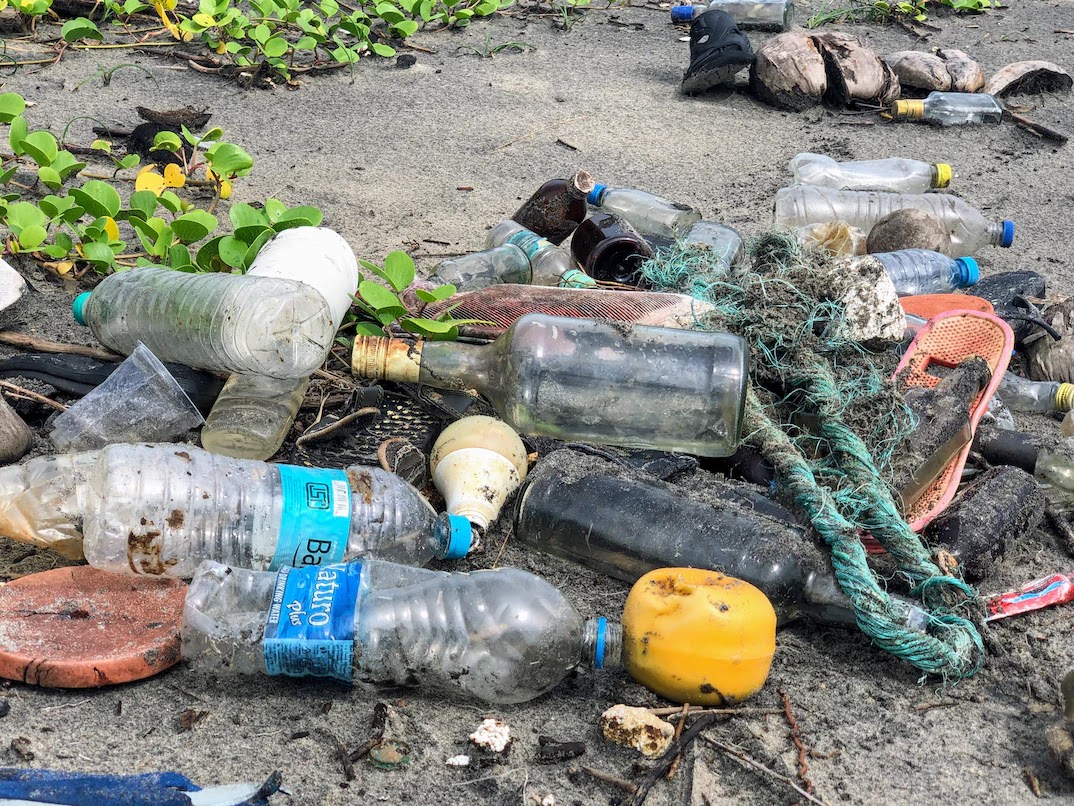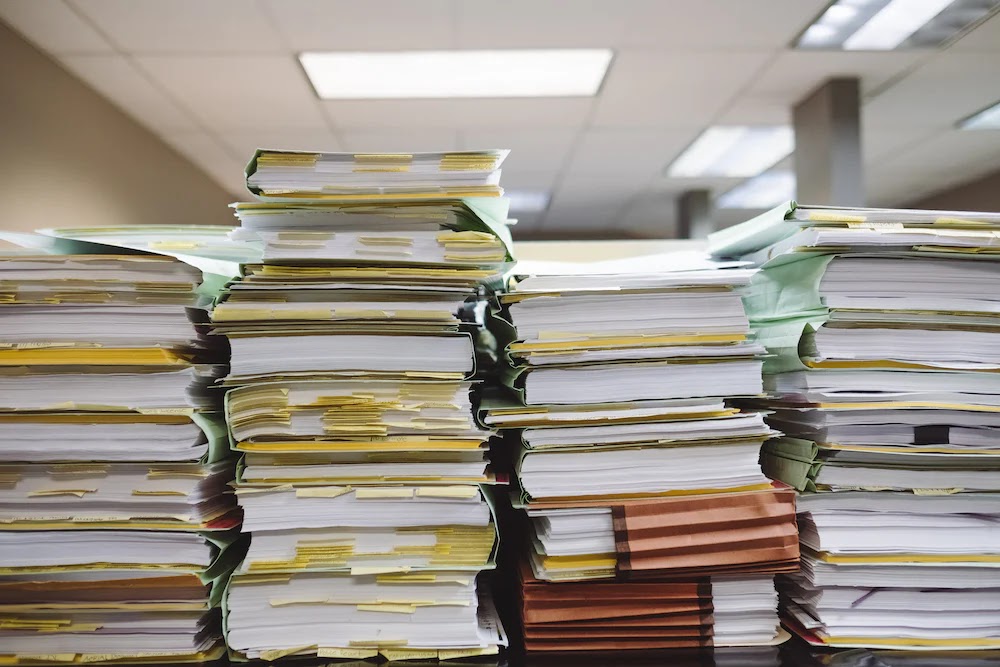Section 36 of the South African Constitution is known as the Limitation Clause, and it sets out the conditions under which the rights contained in the Bill of Rights may be limited. The Bill of Rights is a cornerstone of South Africa's constitutional democracy, and it sets out the fundamental rights and freedoms that all South Africans are entitled to.
However, the Constitution recognizes that there may be times when these rights need to be limited in the interests of other important values, such as national security, public order, or the protection of the rights of others. Section 36 provides a framework for determining when and how such limitations may be imposed
The purpose of Section 36 is to ensure that any limitations on rights are reasonable and justifiable in an open and democratic society based on human dignity, equality, and freedom. This means that any limitation must be aimed at achieving a legitimate aim, such as protecting public safety, and must be proportional to the harm that it seeks to prevent.














